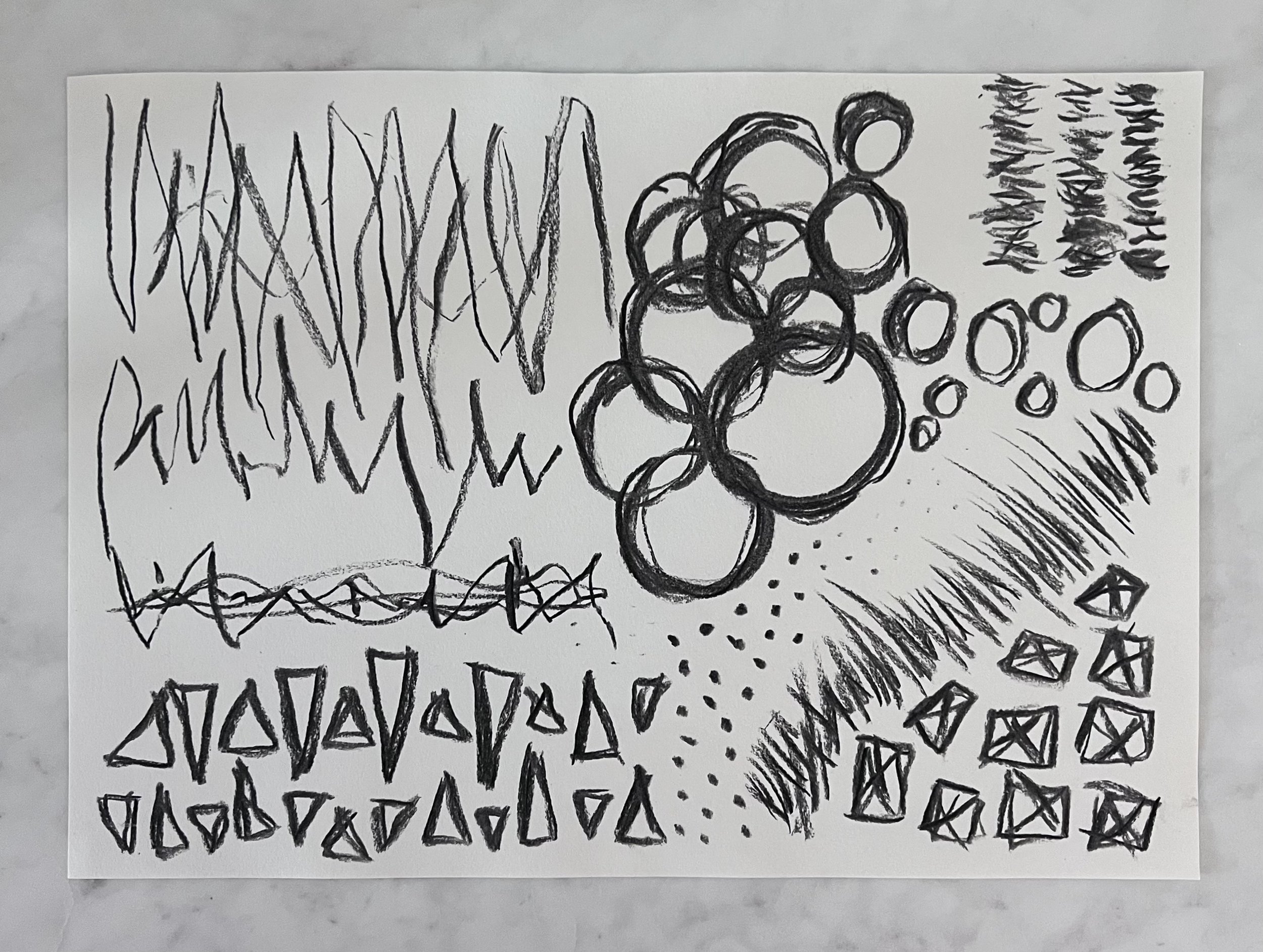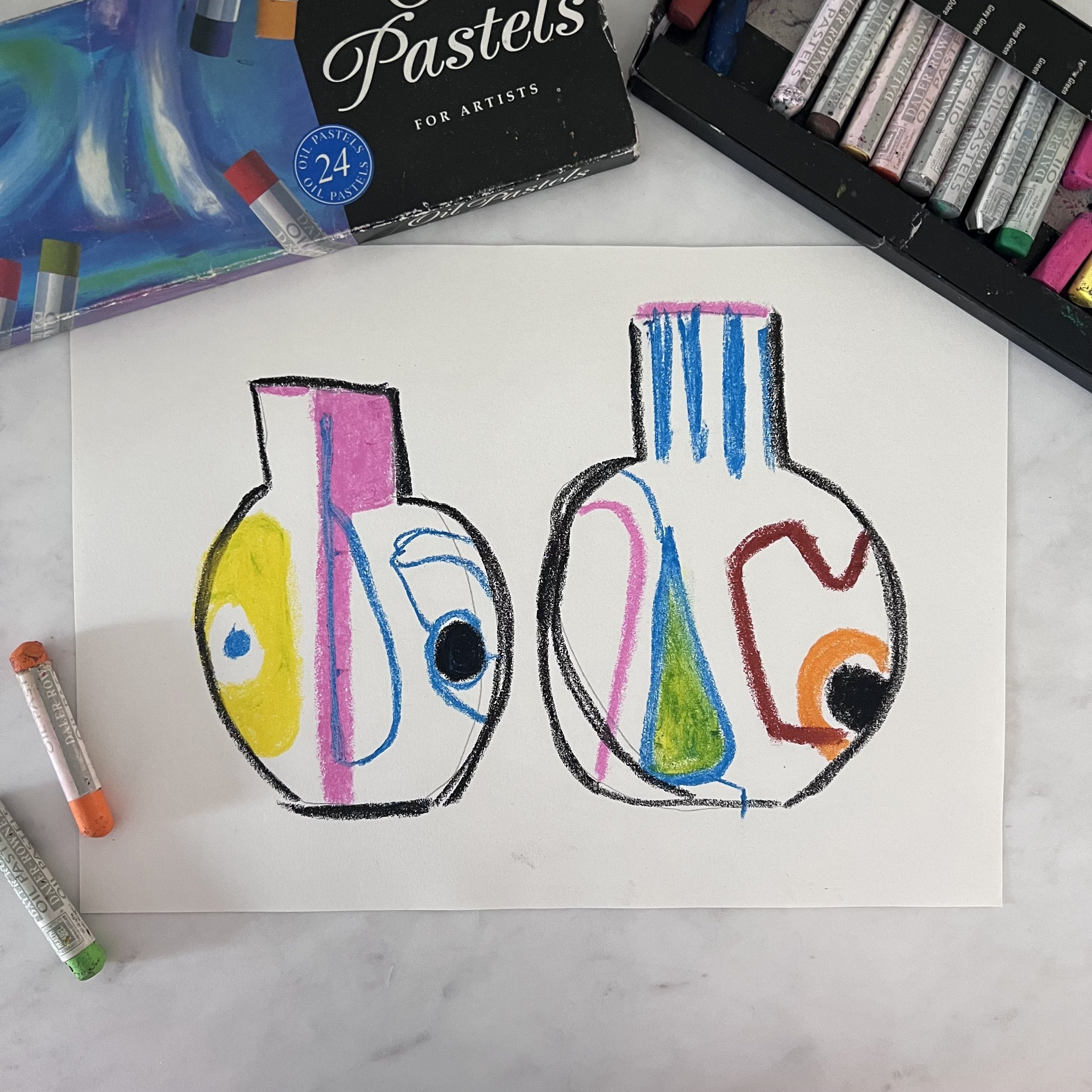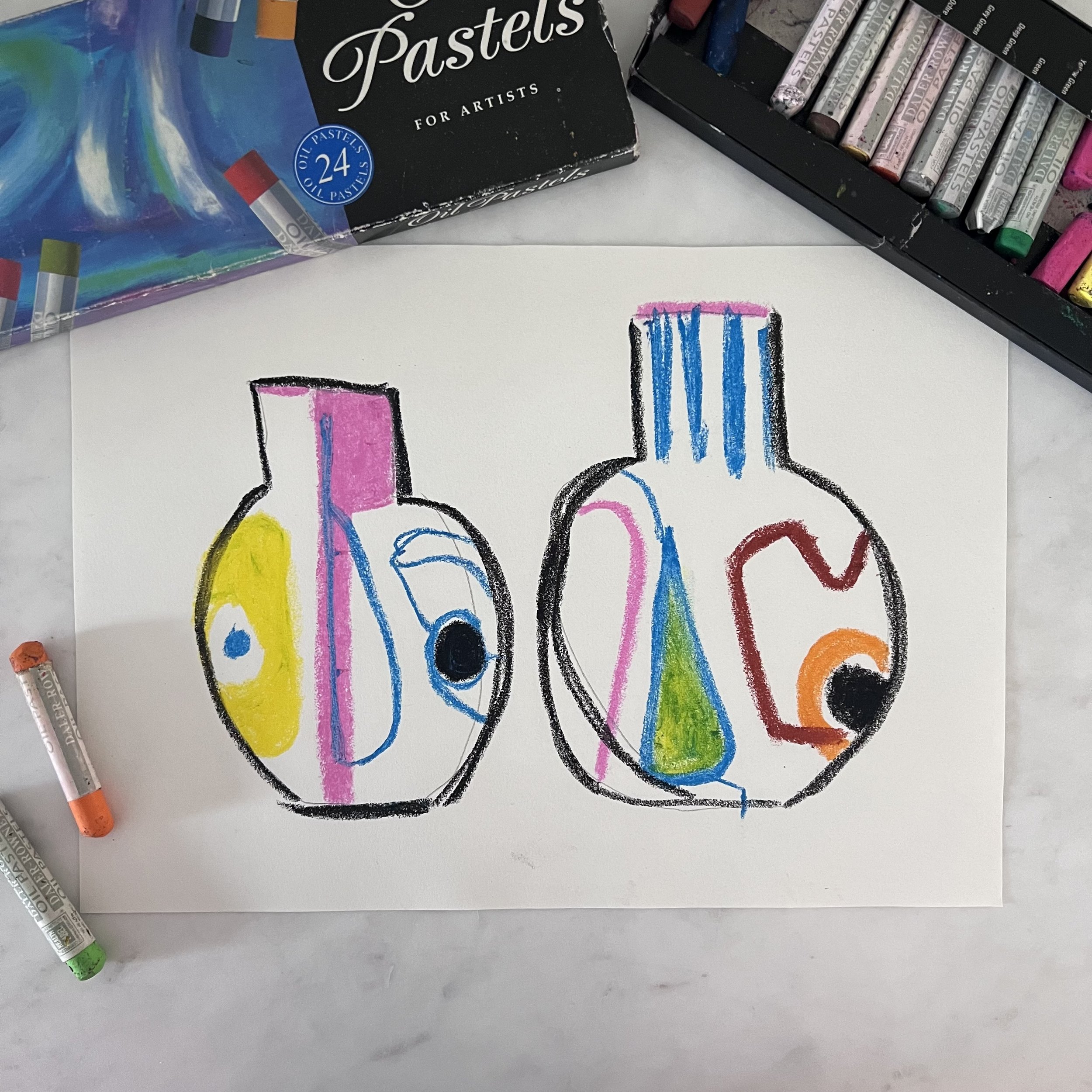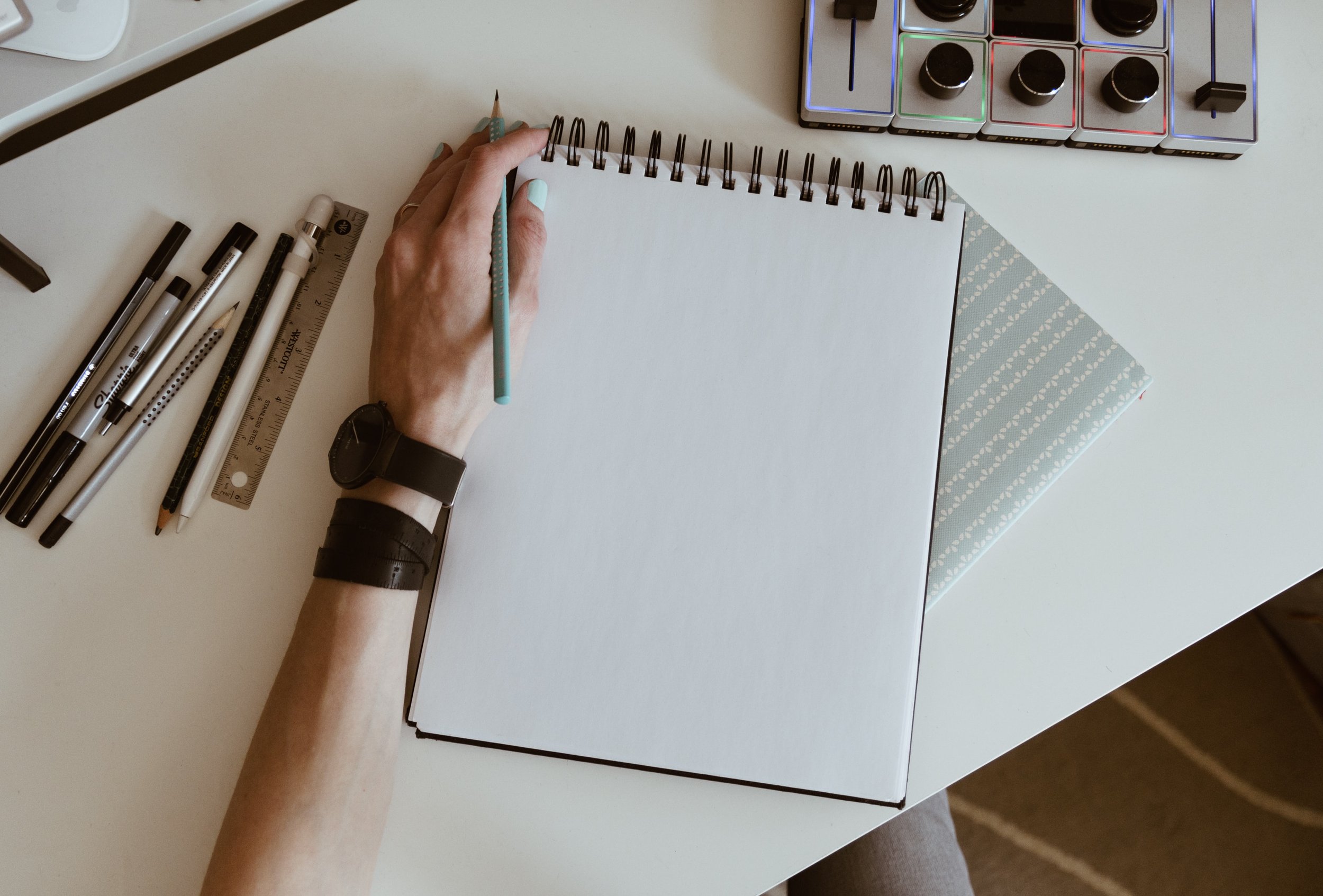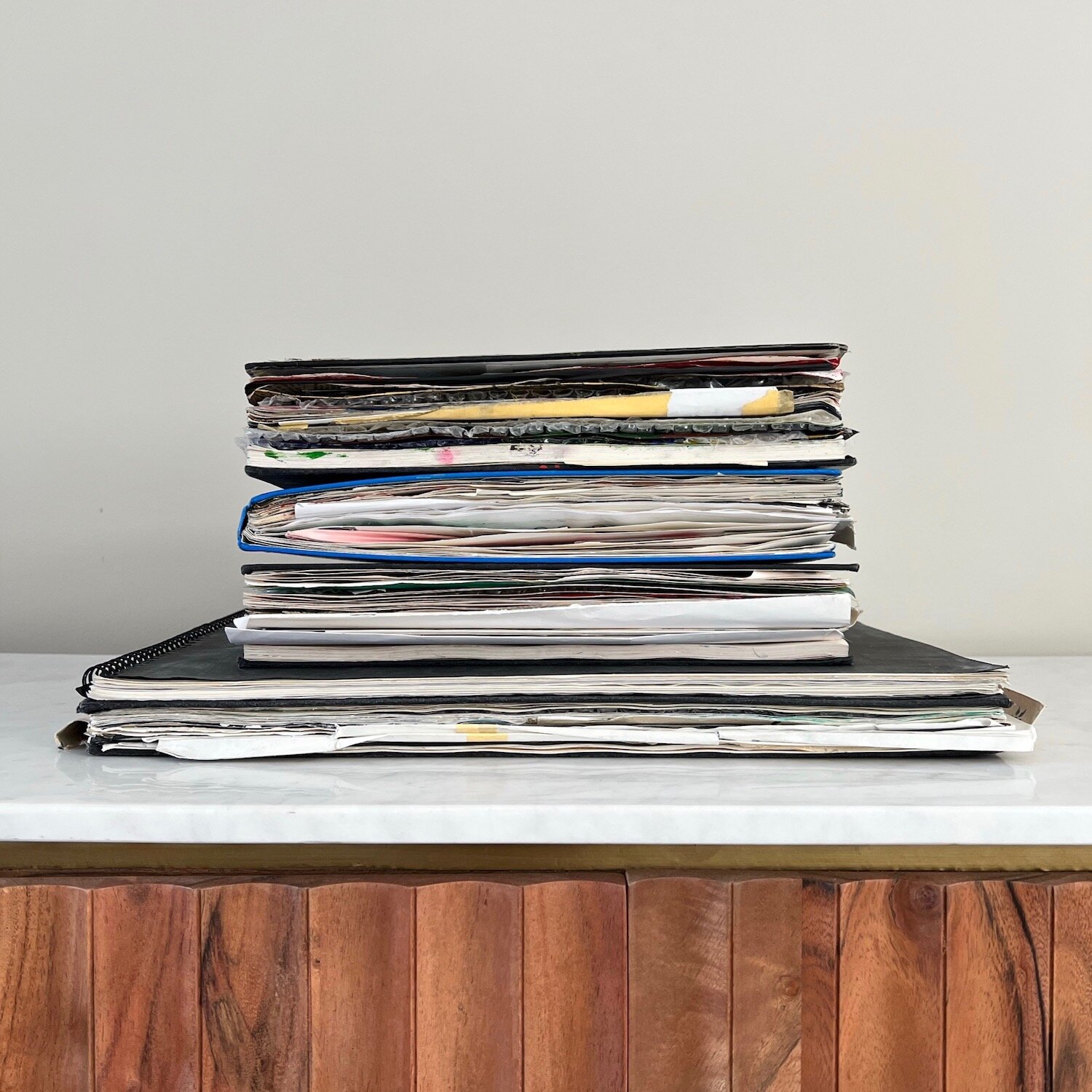How to draw with Your Non-Dominant Hand
Drawing with your non-dominant hand can be a fun and rewarding experience and helps to enhance your artistic abilities.
In this article, I provide step-by-step instructions to help you learn to draw with your non-dominant hand, even if you have no prior art experience. I provide tips to start drawing with your non-dominant hand as well as explanations of how to use this technique for inspiring ideas and art therapy. I’ll also cover ways to build confidence and have fun with drawing using your other hand.
I hope this introduction provides a helpful overview of the many benefits this approach offers.
Table of Contents
An Introduction to Drawing with Your Non-Dominant Hand
An Introduction to Drawing with Your Non-Dominant Hand
To clarify what I mean by ‘drawing with your non-dominant hand’; if you are right handed, draw with your left hand and if you are left handed, draw with your right hand.
Drawing with your non-dominant hand offers a range of benefits that can open up new creative possibilities and serve as an art therapy technique. By using your less skilled hand, you can gain fresh perspectives, reduce overplanning, and unlock your inner creative spirit. The act of drawing this way also provide stress relief, self-exploration, and an appreciation for process over results.
The key benefits of drawing with your non-dominant hand include:
Inspiring New Creative Ideas and Perspectives: Drawing with your non-dominant hand forces you to approach your art with a fresh perspective. It takes you out of your comfort zone and usual habits. This allows more spontaneity, playfulness, and intuitive mark-making to emerge. You’ll develop a looser style and discover interesting ways of simplifying forms. Your brain will make new connections, sparking innovative solutions.
Promoting Art Therapy Benefits: Using your less skilled hand taps into the more creative, subconscious parts of your mind. The process takes the focus away from external concerns and brings relaxation. Drawing this way reveals truths about yourself as you explore your mental and emotional state through symbols and imagery. The emphasis on enjoying the creative journey reduces judgement about results.
Techniques for Drawing with Your Non-Dominant Hand
When starting to draw with your non-dominant hand, it’s important to choose the right materials and approach the techniques in a way that sets you up for success. This chapter provides tips on supplies to use, how to start with basic shapes, recommended exercises, and cultivating the right mindset.
Choosing the Right Materials
Using drawing materials that are forgiving and easy to control will make learning to draw with your other hand more enjoyable. Recommended supplies include:
Charcoal (my personal favourite) or other lightweight media such as graphite pencils and soft pastels that can be easily blended
Thick paper or drawing pads that can handle broad strokes and blending
Large sheets of paper, such as 11” x 14”, to allow room for loose sketching
Exercises To Practice
Completing some introductory drawing exercises can build coordination and confidence in your non-dominant hand:
Trace shapes and textures to get comfortable with motions
Do freehand scribbles and doodles to loosen up
Make abstract marks and lines to explore different strokes
Try quick gesture drawings, capturing the essence of figures rapidly
Starting With Basic Shapes
Rather than jumping straight into complex drawings, start by sketching basic shapes and figures using your non-dominant hand. This allows you to get a feel for the motions before adding details.
Focus on sketching organic shapes like circles, ovals and wavy lines
Outline simplified forms of objects or figures before trying to capture details
Use basic geometric shapes like rectangles, triangles and cubes to construct forms
Lightly sketch guidelines in simple perspective to place subjects in space
Letting Go of Expectations
To make the most of drawing with your less skilled hand, adopt a playful, experimental attitude rather than judging your results.
Focus on enjoying the creative process, without concern for the end product
Explore marks and lines for their own sake, not what they represent
Avoid erasing; accept “mistakes” as part of the experience
Let go of expectations and allow your intuition to guide you
The key is allowing yourself to be free and exploratory with your non-dominant hand drawing. Relax, have fun, and see where the process takes you!
Inspiring New Creative Ideas
Drawing with your non-dominant hand can lead to unexpected creative breakthroughs. By tapping into your subconscious mind and letting go of overplanning, you gain fresh perspectives that spark innovation.
Fresh Perspectives
Using your less skilled hand forces you to approach drawing and art from a new angle. This pushes you out of ingrained habits and helps develop a more playful, intuitive style.
You’ll make unusual marks by accident that spur new directions
Forms will be simplified in interesting ways due to lack of fine motor control
Your brain will make new connections, inspiring innovative solutions
Reduced Over-planning
Drawing with your non-dominant hand reduces the tendency to over plan compositions and drawings. You must work more spontaneously, reacting in the moment.
Let go of perfectionism and the need to create a specific outcome
Allow your intuitive voice to guide each mark and line
Follow your subconscious creative impulses wherever they lead
Uncovering Your Inner Creative Spirit
By letting go of control, you can uncover your playful inner creative spirit when drawing with your other hand.
Surprise yourself by exploring marks without a critical inner voice
Listen to your unfiltered imagination and spontaneous ideas
Tap into subconscious creativity without conscious limitations
In summary, drawing with your non-dominant hand fosters new perspectives, spontaneity, and access to your inner creative voice. Allow the process to unlock innovative solutions and directions.
Art Therapy Benefits
Drawing with your non-dominant hand can provide relaxation and stress relief while also allowing you to explore your inner self without judgement. The emphasis is on enjoying the creative process rather than the end result.
Stress Relief and Relaxation
The act of drawing with your less skilled hand demands full focus on the present moment. This provides a break from daily worries.
Doodling and making marks is calming. You can get into a meditative flow state.
Creative expression gives you an outlet to process emotions. This provides a sense of relief.
Exploring Your Inner Self
Drawing intuitively reveals truths about yourself and your mental/emotional state through symbolism.
It accesses your subconscious mind without the inner criticism of a skilled hand.
You may gain insights about your feelings, relationships, dreams, fears, and hidden thoughts.
The Importance of Process Over Product
Judgement about talent is reduced since the focus is on the creative experience itself.
Allowing imperfection takes pressure off performance. Each drawing has value as an experiment.
What matters is being present, trusting your intuition, and expressing yourself.
In summary, drawing with your non-dominant hand can facilitate stress relief while promoting personal growth and self-discovery if you embrace the journey.
If this resonates with you, you may also enjoy my article about Applying ‘The Beginners Mindset to your Artwork’.
My Final Thoughts - Drawing with your Non-Dominant hand
Drawing with your non-dominant hand can open up new creative possibilities and provide meaningful art therapy benefits. By approaching it with an experimental mindset, you can gain fresh perspectives, reduce critical thinking, and unlock your intuitive voice.
Using your less skilled hand inspires innovative ideas through new neural connections and playful mark-making. Letting go of perfectionism also allows more spontaneity, imagination, and access to your inner creative spirit.
Drawing with your other hand can open up new means of expression if you embrace the experience with an open and playful mindset. Allow it to provide enlightenment, relaxation and creative breakthroughs.
I hope you have found this article about drawing with your non-dominant hand helpful. If you have other ideas that you think I should add to my list, you can email me at sarahransomeart@gmail.com. I would love to hear your thoughts.


